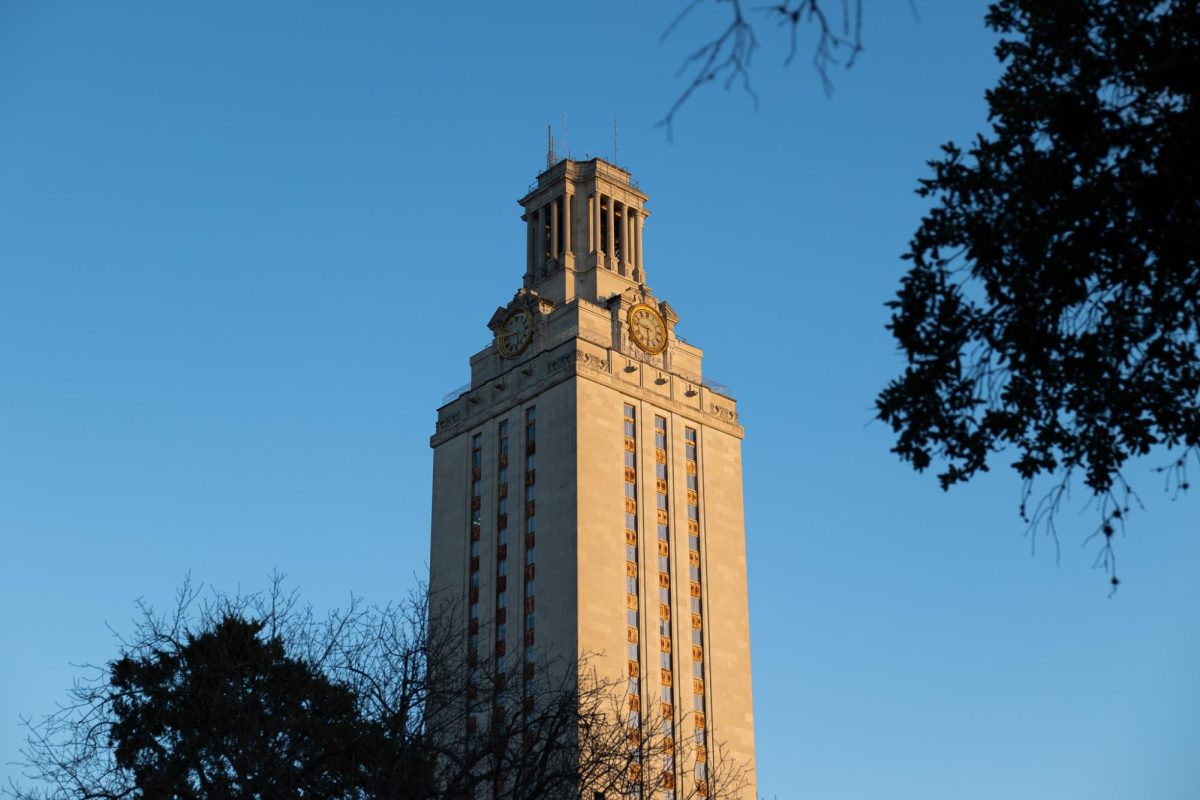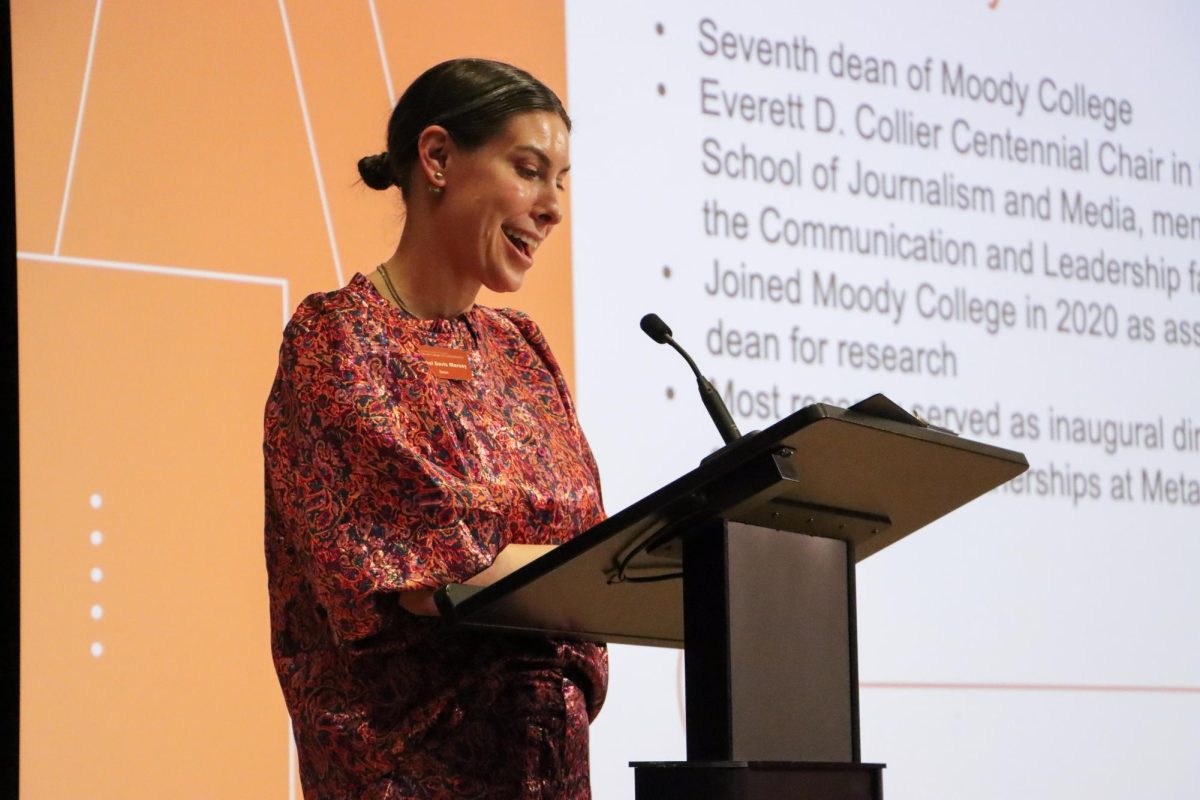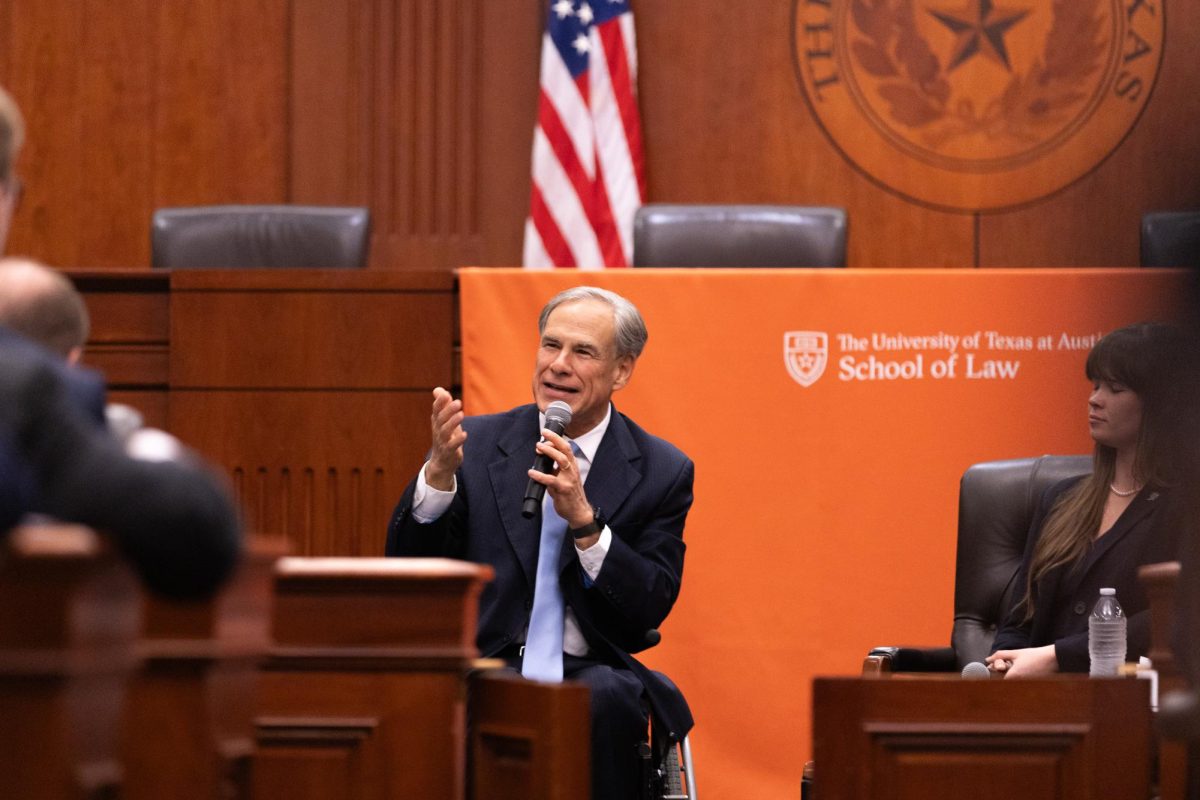Editor’s note: This is the second in a four-part series examining the sources of UT’s funding.
As the University’s budget has grown over the past 10 years, the percentage of state dollars in the budget has shrunk steadily.
Budget administrators said the state uses a formula for funding its higher education institutions that favors institutions that show growth in the student body. Kevin Hegarty, UT vice president and chief financial officer, said practicality has effectively capped UT’s enrollment for the past 10 years. He said this has limited the state allocations UT receives.
“You reach a point where maybe you could let in more but where it would start to become a detriment to operations,” Hegarty said. “The funding formulas favor growth over anything else. We’ve lost some of that funding, and that makes sense.”
Hegarty said the funding formulas favor growth because the state and the Texas Higher Education Coordinating Board, the state’s regulatory agency for higher education, have focused on ensuring the ability to educate Texas’ growing population. The state will fund 14 percent of UT’s $2.20 billion budget in 2011, compared to 25 percent of a $1.1 billion budget in 2000.
“I certainly don’t think it has been any malicious attempt to not fund UT,” Hegarty said.
He said through its funding formula, the state’s priorities have shifted to growing colleges, including technical and community colleges and smaller universities, and away from full research institutions, including UT. The University faces a $100 million cut over 2012-2013 under a Texas House bill.
Hegarty said the University brings in more federal research dollars than it receives from the state.
At the state’s other major research university, state allocations play a larger role than at UT. For fiscal year 2011, state support makes up 21 percent of Texas A&M University’s $1.28 billion budget.
A&M spokesman Jason Cook said comparing the two numbers is difficult because A&M’s state support includes funding for some A&M System buildings located on the university’s campus, and UT’s state money may include other types of funding A&M doesn’t receive.
UT budget director Mary Knight said in addition to federal research money, improving returns on UT’s investments and increasing revenue from auxiliary sources, including trademark licensing, have contributed to the shrinking percentage of state dollars in UT’s budget.
“As we get better at bringing in external funds for research and getting endowments and gifts and auxiliaries do better, they are funding a larger portion of our overall budget,” Knight said.
She said partially because the state plays an increasingly smaller role in funding the University, Texas legislatures have introduced bills this session to re-examine the reporting standards for higher education institutions in the state. She said many of the reports required by the state come from dated laws and have become essentially useless.
“It’s not that we don’t want to be accountable, but we want to make sure that we’re efficient,” Knight said. “Some of these reports are so old and have been in the statute so long they aren’t useful anymore.”
A bill by Sen. Judith Zaffirini, D-Laredo, the chair of the Texas Senate Higher Education Committee, will require an examination of the reporting requirements for all higher education institutions in the state if passed.














